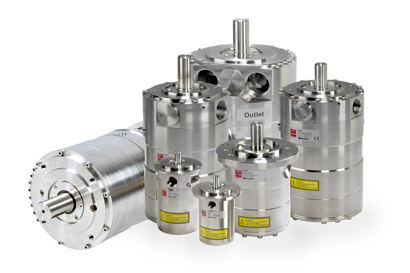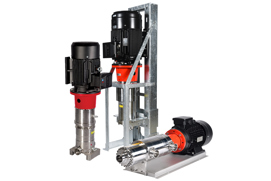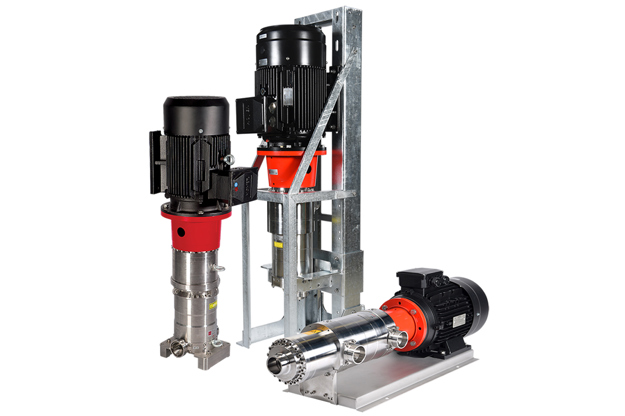38% reduction in the energy costs and an outstanding reduction of carbon emissions are benefits achieved by an Hawaiian golf course community using Danfoss APP pumps in their irrigation system.
Located on the stunning west coast of Hawaii Island, an upscale golf course community was eager to reduce power consumption for its RO plant – both to lower CO₂ emissions and to save on the high energy costs typical of island communities.
When the community asked Water Works, Inc. to find a way to do both, the San Diego-based experts in water purification chose Danfoss APP technology to replace an aging centrifugal pump and deliver quick return on investment.
Related products
-
if (isSmallPicture) {


 High-pressure pumps for reverse osmosis applications
High-pressure pumps for reverse osmosis applicationsHigh-pressure pumps for landbased, off-shore and marine reverse osmosis applications
-
if (isSmallPicture) {


 iSave® energy recovery devices for high-pressure membrane applications
iSave® energy recovery devices for high-pressure membrane applicationsThe 3-in-1 Energy Recovery Device (ERD) optimized for sea water reverse osmosis applications.







